India’s Adani group has emerged from the Hindenburg fireworks. Critics want more answers.
By Shantanu Guha Ray in New Delhi
An interesting story does the rounds every time the annual Vibrant Gujarat summit takes place to generate business for the coastal Indian state.
Critics of Indian PM Narendra Modi bare their fangs to repeat their most favourite question: How many deals signed during the summit – actually – turned into reality? And more importantly, how much of these deals are helping the state generate growth and employment?
For some strange reasons, Gujarat is always under some severe scanner.
State summits in India come under some critical analysis because quite often agreements signed with global investors often fail to take the final shape. And eventually, the desired results do not happen. West Bengal is one such example.
But Gujarat, home to the Indian PM, attracts more critics than the rest. Actually, questions about the success of Vibrant Gujarat – are not aimed at the state government. For almost a decade, the darts have been fired at the Adani group, the Ahmedabad-based port to power to airports conglomerate closely linked with the national development model the government has relied on – along with a handful of other conglomerates – to shape India as the world’s fifth largest economy.
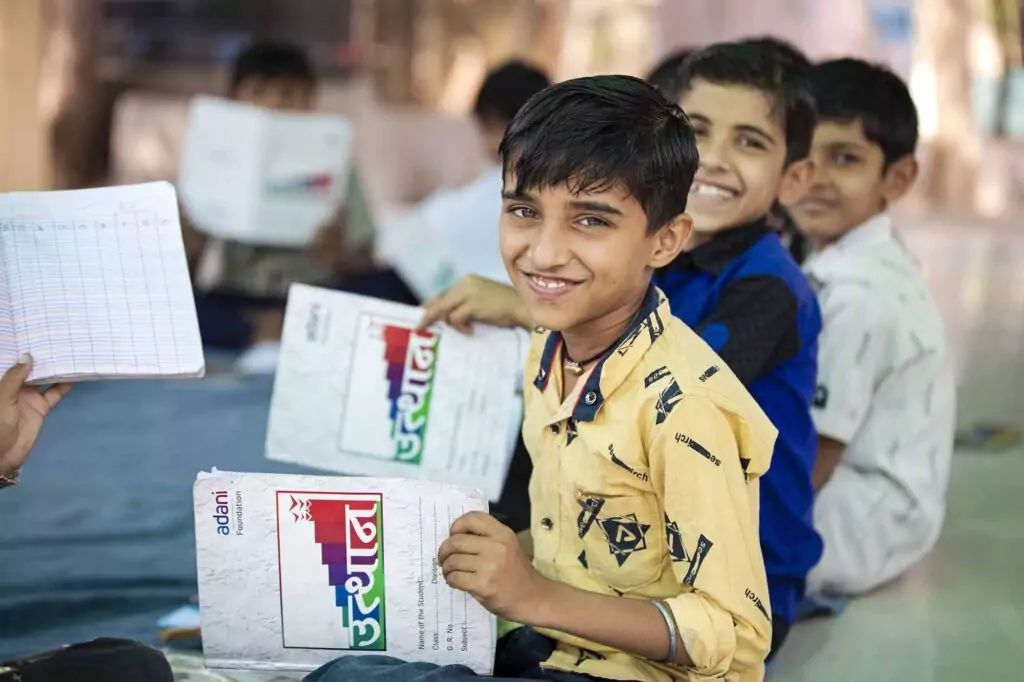
So, the big question is a loaded one. Actually, critics want to know how much growth the Adani group has been able to drive in Gujarat? And can this be measured on a national scale?
In short, they want to know if the growth of the group is limited to states run by the BJP government. They have always linked the group to India’s ruling party. Very few remember top Indian conglomerates – Tatas, Reliance and Birlas – have worked closely with the government. And at times, the governments have gone out of their way to bring in corporations to drive growth.
All is in the interest of the economy.
A brief overview will suffice to reveal the profound reliance of the Grand Old Party, the Congress, on the Adani Group for funding colossal infrastructure projects across states, sparing one the need for any meticulous examination.
The stark contrast between the perspectives of the central leadership of Congress and the state leadership became evident in 2022 when former party president Rahul Gandhi consistently targeted the Adani Group, without any basis or merit, during his political engagements.
And yet, mega deals happened with the Adani group in opposition ruled states.
Here’s the count.
Rajasthan, ruled by Congress till December 2023, is collaborating with Adani for its largest solar power project. In Himachal Pradesh, the Congress has no problems with the Adani group for its cement plants and apple procurement businesses. Telangana CM Revanth Reddy met Gautam Adani at Davos and signed MoUs worth Rs 12,400 crore. Once he was sworn in as the CM, Reddy met the Adani group scion, Karan Adani, to discuss investment plans. Adani pledged Rs 5,000 crore in a 100 MW data centre – powered by renewable energy – and will work closely with the state’s MSMEs to create direct and indirect employment opportunities. It will also invest nearly Rs 7000 crore in a host of other projects ranging from power to cement to defence and aerospace parks in the state.
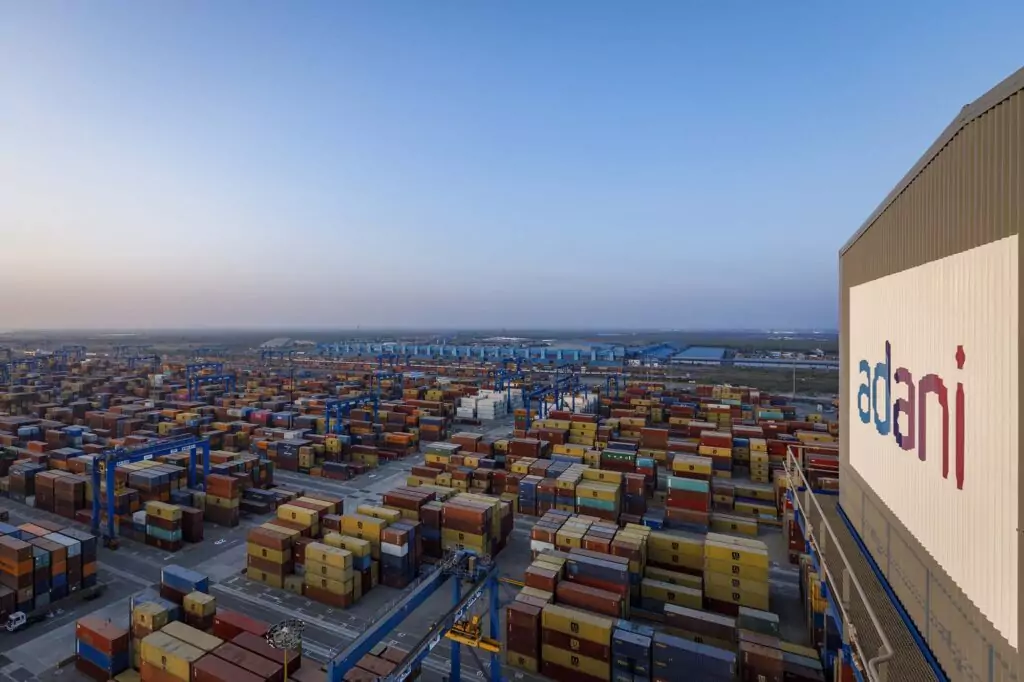
Another Congress ruled state Karnataka has said it is not averse to the Adani Group, which has pledged investment worth Rs 1 lakh crore over the next seven years in various infrastructure projects in the state. And then, Kerala’s Left leadership also has no problem in granting Vizhinjam port projects in the state to Adani Group.
This divergence in approach highlights the discord within the Congress and underscores the lack of cohesion within it while also raising questions about the credibility and consistency of its leadership. But such a situation is not unique to the Congress alone; Kerala’s left leadership too had no qualms about granting the Vizhinjam port project to the Adani Group.
It is, therefore, evident that political parties, particularly the Congress, exhibit contrasting behaviour and rhetoric when it comes to the Adani Group. While they criticise the Group when targeting the BJP-led central government, they actively seek investments for their respective states.
Yet, the critics continue to ask questions, they have their right. They not only ask but also – in some cases – draw inspiration from developments in some of the opposition-ruled states in India, like West Bengal, where the governments have even stepped back after forging partnerships with the Adani group.
India’s political cognoscenti have tagged such decisions as political. They say in some places in India, it has become routine to sidetrack Adani, cancel deals struck with him and then silently blame the industrialist for his perceived closeness with Modi. Worse, such political decisions have often clouded industrial growth in those states, big projects taking a backseat. Yet, state governments remain oblivious about the failure of such cancelled projects and its possible impact on the state’s employment generation. Very few remember that multiple industrial successes in states help a nation assert itself forcefully on the global stage.
So let’s return to Vibrant Gujarat.
By criticising the annual summit in Gujarat, a state along India’s west coast, critics of the Indian PM have wanted to do their annual recheck of the financial stability of the Adani group and its commitments to Gujarat.
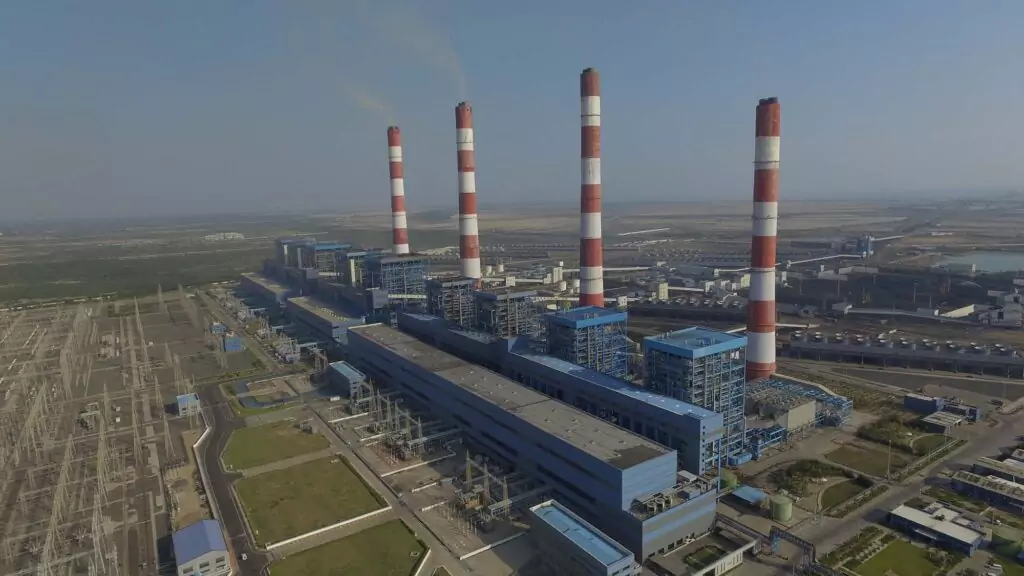
After all, the Indian PM once served as the CM of Gujarat and in that very state the Adani group is based.
But if the critics juggle some numbers, they would realise the insurmountable level of investments could be magical for any state.
For the record, the Adani group has invested over Rs 1 lakh crore in Gujarat at over 150 locations (FY24), providing direct jobs to over 30,000 people in the process. The total number of people employed by the conglomerate is around 45,000. Would the fortunes of any other Indian state not change if such humongous investments were made by one industrial group?
Industry-friendly Gujarat has gained a significant number of investments from the Adani group, the most important of them being the Mundra Port, India’s largest and most-advanced commercial port. It would be worthwhile to mention that the port was shaped on a land that was barren a quarter of a century ago. Converting the wastelands and salt flats into India’s largest and most efficient port and a major hub of renewable energy and the associated value chain was a tough call, a tough job.
So how did it work?
First came a jetty, which laid the foundation for a port. This gave rise to an entire power and industrial ecosystem, spanning solar modules, wind turbines, thermal power, and edible oils. Mundra today has a 4,600 MW plus power generation capacity, the largest solar PV (photovoltaic) cell and modules unit with 4 GW capacity.
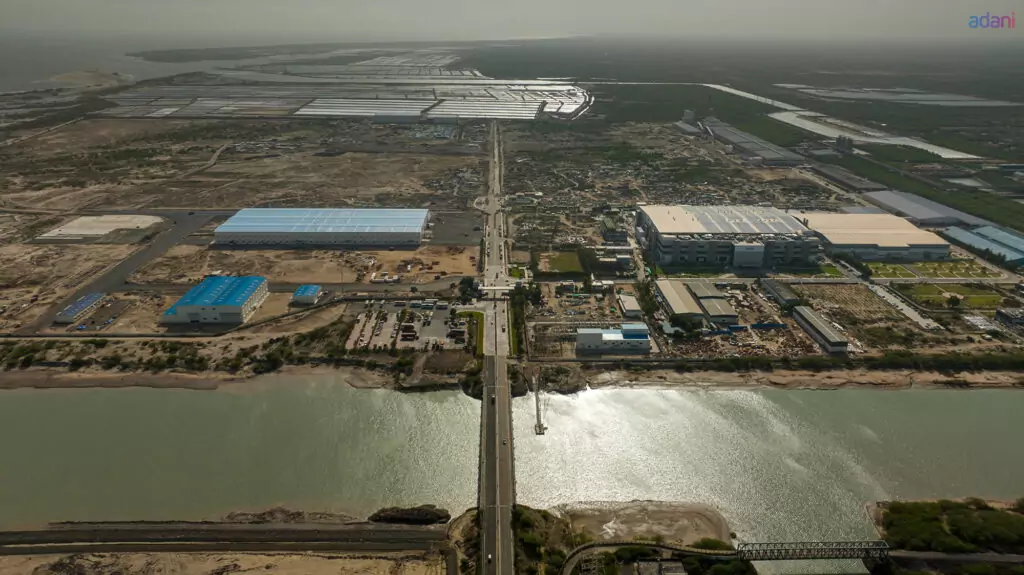
It also has one of India’s biggest greenfield copper refineries, a unit to manufacture India’s biggest and one of the world’s largest wind turbine generators. The infrastructure and ecosystem have been developed for Gujarat, it also helps a developing nation.
Over the past 25 years, Mundra Port’s total contribution to the state and national exchequer has been more than Rs 2.25 lakh crore. The group has invested over Rs 70,000 crore in Mundra, with more than 7.5 crore man-days of employment generated at the port.
The group has two more assets in Gujarat, these include the Dahej and Hazira ports and the Tuna terminal. It handles operations at the Sardar Vallabhbhai Patel International Airport in Ahmedabad, city gas distribution networks and CNG fuel stations, and several transmission lines to evacuate green energy.
Adani’s investments have changed the face of Gujarat’s economy, the state has also benefited from some big buck investments from companies like Reliance.
The Adani group is now developing large-scale renewables and green hydrogen in Gujarat with investments of over Rs 2 lakh crore over the next five years, there exists the potential to generate over 1 lakh direct and indirect jobs.
The Adani Group is building the world’s largest renewable energy (RE) park with capacity of at least 17 GW at Khavda, 150 km from Mundra, and plans to commission it soon.
It is also developing a 2 MMTPA green hydrogen project and downstream ecosystems in the Kutch region. The group is also investing in a PVC project at Mundra with initial production capacity of 1.0 million MT of PVC resin along with caustic soda and other byproducts. Once in operation, the project will promote domestic polymers and cut exports. The group is adding up to 12 MTPA clinker & 15 MTPA cement capacity at Sanghipuram and Mundra.
Vibrant Gujarat has worked because of a significant number of Gujarati businessmen who helped create this annual conference for investors so as to accelerate the state’s economic growth.
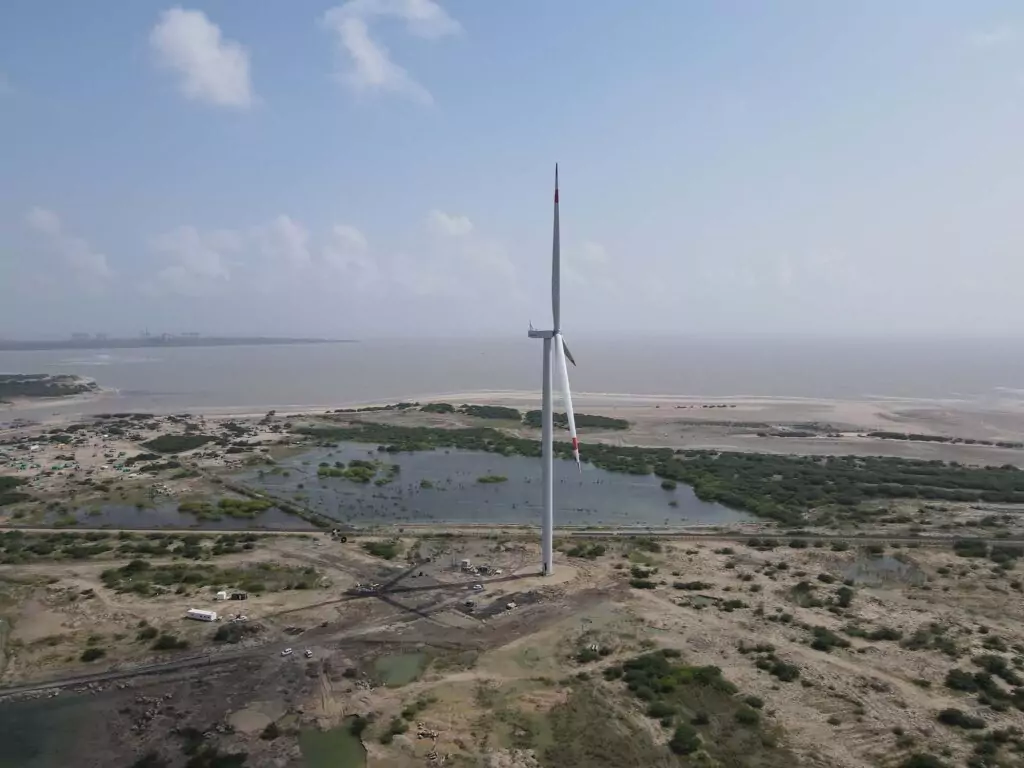
Gautam Adani, the self-made son of a small-time local trader, was in the forefront of that business community which helped the state government develop what came to be known as the Gujarat model. The new model – effectively – displaced the creaky, state-driven model of earlier governments. The summit and its success helped India’s progress in the global marketplace. And Gujarat became the best choice for many industrialists from India and abroad.
So should other Indian states replicate the Gujarat model and see if they can cultivate a handful of top industrialists to give their best investments to the state? It would be a better option than needlessly drilling holes in the Gujarat model.
Two things will happen. Fortunes of the states will boom, so will that of the nation. Economic growth is the best route to generate cash and drive employment. Critics must know that.
(Shantanu Guha Ray is the Asia Editor of Central European News, UK and a columnist with Money Control)

Fantastic analysis